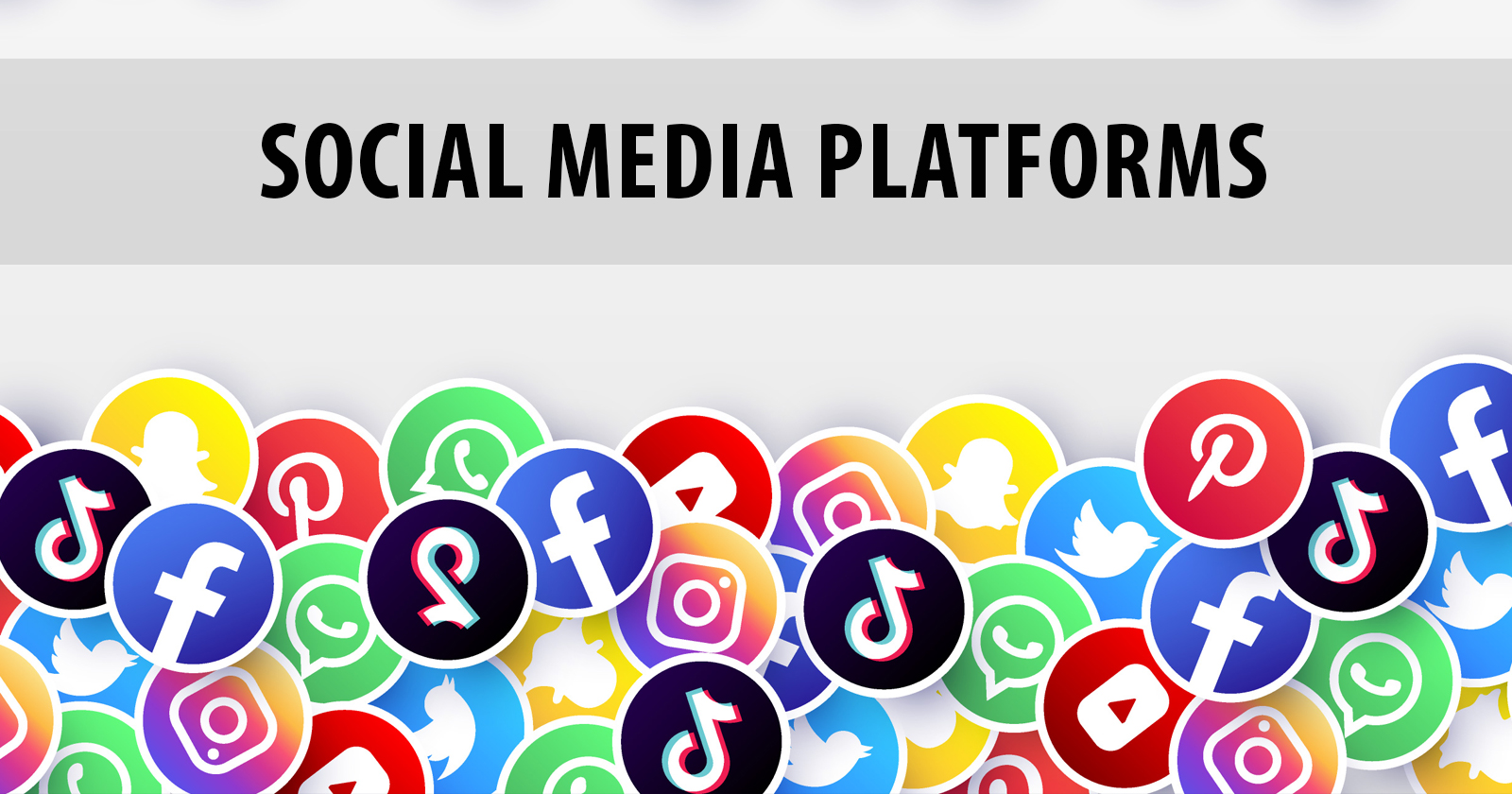What Is Fansly? A Comprehensive Guide to Its Functions and Benefits
Exactly How Social Network Operating Systems Have Evolved: Evaluating Their Effect On Interaction and Advertising Techniques

Early Social Media Operatings Systems
The inception of social networks systems can be mapped back to the late 1990s, noting a significant shift in exactly how people connected online. The first identifiable social networks sites arised throughout this duration, with 6 Levels, launched in 1997, typically credited as the pioneer. It permitted customers to develop accounts, get in touch with close friends, and share content, laying the groundwork for future platforms. Following this, platforms like Friendster (2002) and MySpace (2003) acquired popularity by introducing a lot more interactive functions, making it possible for customers to tailor accounts, share songs, and take part in area structure.
These very early systems highlighted user-generated content and social networking, cultivating a sense of on-line area. They showcased the capacity of electronic interaction, enabling customers to share themselves and link with others across geographical obstacles. These sites also faced obstacles, such as technological constraints and the struggle to maintain individual engagement.
The very early 2000s indicated a speculative era for social networks, as developers looked for to refine the customer experience and increase functionalities. This period established the stage for the eruptive growth of social media sites that would adhere to, eventually changing communication and advertising and marketing techniques in extraordinary methods.
The Surge of Visual Material
As social media platforms progressed, a significant shift took place in the direction of the prominence of visual web content, basically altering individual involvement strategies. This change is mainly attributed to the integral human preference for aesthetic stimulations, which can convey messages better than text alone. Systems such as Instagram, Pinterest, and Snapchat have actually exploited on this trend, prioritizing image and video sharing to boost individual experience and interaction.

Furthermore, the integration of attributes like Stories and live streaming has enabled real-time interaction, allowing brands to showcase their offerings dynamically. Analytics tools have actually further equipped marketing professionals to evaluate efficiency metrics associated with aesthetic content, improving their methods based on target market preferences. Ultimately, the emphasis on visual interaction has redefined how brand names get in touch with their target markets, making it an indispensable element of modern advertising methods in the digital age.
The Impact of Influencers
Influencers have become critical numbers in the landscape of social media, improving just how brands involve with their audiences and market their products. These people, usually considered as trailblazers, have the capability to get to vast target markets and cultivate genuine relationships with their fans. Their regarded integrity and relatability enable them to interact brand messages in a way that reverberates deeply, causing improved customer trust and commitment.
Brands increasingly recognize the value of influencer partnerships, usually choosing targeted collaborations that align with their values and objectives. This calculated strategy enables tailored advertising and marketing campaigns that utilize influencers' unique styles and content styles. Consequently, brand names can successfully take advantage of particular niche markets and foster engagement that conventional advertising and marketing techniques often struggle to achieve.
Furthermore, the efficiency of influencer advertising is confirmed by its measurable effect on sales and brand name recognition. Metrics such as involvement prices, conversion prices, and audience development provide brand names with understandings right into project efficiency. As influencers proceed to evolve, they will remain indispensable to forming interaction methods, driving customer habits, and redefining the advertising landscape within social media platforms.
The Shift to Short-Form Video
Current fads in social media sites have highlighted a substantial shift towards short-form video web content, a layout that has actually promptly astounded target markets and redefined interaction methods. Platforms such as TikTok, Instagram Reels, and YouTube Shorts have emerged as frontrunners in this sensation, attracting customers in with quickly digestible and entertaining clips. This change reacts to the reducing interest spans of customers, that now favor fast, impactful messaging over longer narratives.
Marketers have actually identified the capacity of short-form video clips to improve brand presence and foster connection. These bite-sized pieces of material allow brand names to communicate their messages succinctly while motivating customer communication through shares, likes, and remarks. Furthermore, the creative adaptability intrinsic in short-form video-- varying from storytelling to tutorials-- gives brands with varied avenues for expression.
Consequently, firms are progressively integrating short-form video clip into their advertising and marketing methods, commonly leveraging influencers to intensify reach and credibility. This evolution not only advertises higher target market interaction however additionally shows a more comprehensive pattern in the direction of visual communication in the digital landscape. Organizations should adjust to this dynamic setting to continue to be relevant and efficient in their outreach initiatives.
Information Privacy and Customer Count On
Just how can social media platforms balance customer engagement with the vital of data privacy? This concern has actually become progressively significant as visit this website users reveal growing concerns over exactly how their individual details is made use of. In a period where data breaches and privacy detractions control headings, systems need to prioritize openness and customer control to cultivate trust fund.
To attain this equilibrium, social media platforms must take on durable personal privacy plans that verbalize information usage and security actions plainly. Implementing go to this website features that allow customers to tailor their privacy settings can encourage people, allowing them to identify what info is shared and with whom. Transparency reports detailing data demands and violations can better boost individual count on.
Furthermore, systems can leverage moral information methods in their advertising techniques, concentrating on consent-based advertising versions that prioritize user choices. By utilizing anonymized data for analytics, platforms can still provide beneficial understandings to online marketers without compromising customer privacy.
Ultimately, the success of social networks platforms depends upon their capacity to grow a trustworthy environment. By prioritizing information personal privacy, they can not only boost individual involvement yet also place themselves as accountable guardians of individual details in an increasingly data-sensitive landscape.
Verdict
The advancement of social media platforms has substantially transformed communication and advertising visit here and marketing strategies. The shift from text-based communications to visual content and short-form video clips has actually improved customer involvement.